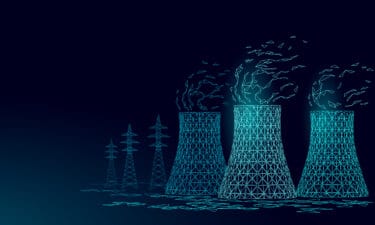When the State Department released its Environmental Impact Statement (EIS) for the Keystone XL project, it concluded that the impact on oil sands development would be minimal. The reasoning was very simple: with oil prices so buoyant, the oil sands would be developed either way.
Of course the EIS was received well by TransCanada Corporation (TSX:TRP)(NYSE:TRP), the company proposing to build the pipeline. As CEO Russ Girling said, “The environmental analysis of Keystone XL released today once again supports the science that this pipeline would have minimal impact on the environment.”
However, one section of the EIS warned that lower oil prices would make the story very different. As stated in the executive summary, “Assuming prices fell [to roughly US$70 per barrel], higher transportation costs could have a substantial impact on oil sands production levels… Prices below this range would challenge the supply costs of many projects.”
Of course, that is exactly what has happened. Today, oil trades well below US$50 per barrel, with no relief in sight. Does this change the story? And how should you react as an investor?
A larger impact on the environment
Barack Obama has said that Keystone would only be approved if it didn’t “significantly increase” greenhouse gas emissions. And now, Keystone doesn’t seem to meet that test.
With oil prices so low, investment in the oil sands is limited these days anyways. But few analysts expect prices to remain so depressed for so long. Soon enough, oil could once again be trading in the US$70 range, right near the breakeven level for so many projects. In that scenario, Keystone’s approval could significantly contribute to growth in the oil sands. And that would lead to more GHG emissions.
Thus the EIS, which was originally so well received by TransCanada, is now making the case that Keystone should be rejected. Furthermore, President Obama has signalled he is growing more opposed to the project. Keystone’s future does not look promising.
Will his hand be forced?
Now that Republicans have control of Congress, they are trying to pass legislation to force Keystone’s approval. Of course the president will veto such legislation.
In order to override the veto, the House of Representatives will need 290 votes. Based on Friday’s vote, only 233 members support the legislation. It’s a similar story in the Senate, where 13 Democrats are needed, but only about six have indicated their support. Once again, Keystone’s future is in serious jeopardy.
So what should you do as an investor?
TransCanada Corporation will be just fine without Keystone. The company has plenty of projects in its pipeline (no pun intended) – over $30 billion worth through the end of this decade.
But among oil sands producers, the story is different. If Keystone is rejected, that could cause Albertan oil prices to fall further. And funding would be difficult to come by. As an investor, your best bet is to wait this out.






